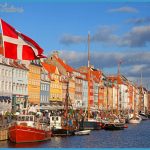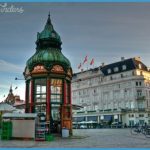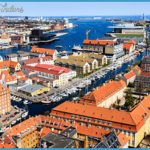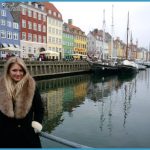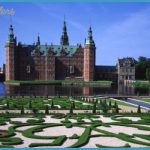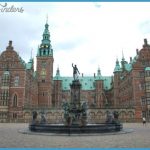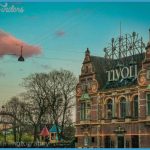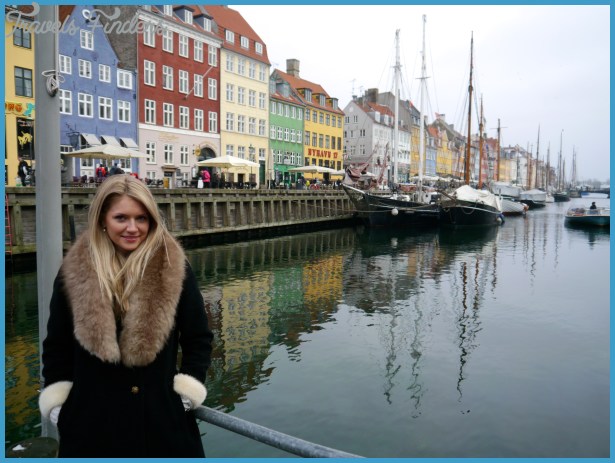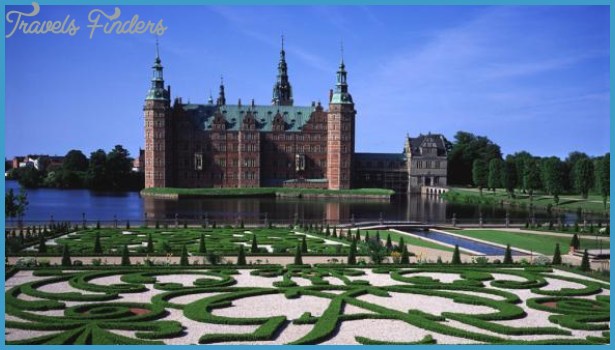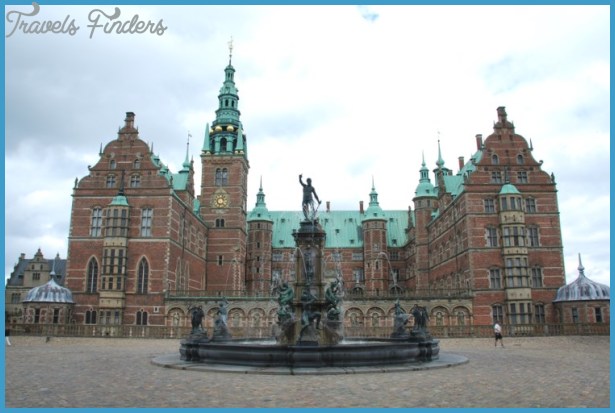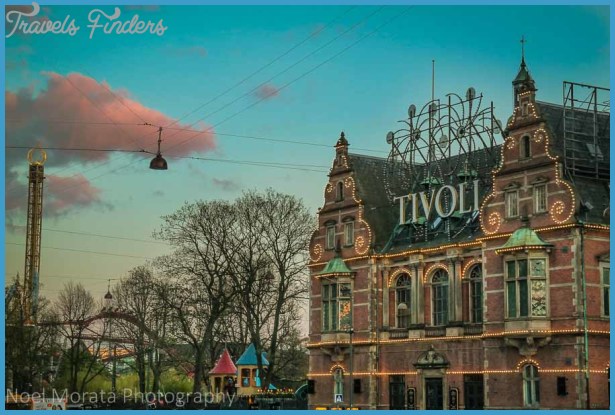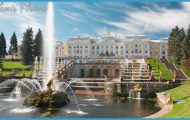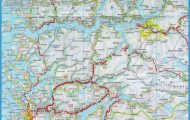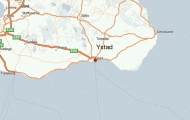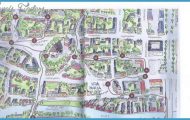INTERIOR. The front building contains the modern collection. To the left of the entrance hall are rooms containing works by Danish sculptors, in particular by two of Thorvaldsen’s pupils, H. W. Bissen (1798-1868) and J. A. Jerichau. (181 6-83). The rooms to the right are devoted to French sculpture, with a collection of Rodin’s work which for completeness is unequalled anywhere outside France. The mezzanine and upper floor of the front building contain further sculpture (including an important collection of bronzes by Degas) and a collection of pictures by French and Danish artists ofthe 1 9th and 20th c. (Impressionists). In the Winter Garden are further sculptures, including a fountain group, the Mother of Waters and her Children”, by Kai Nielsen (1882-1 924).
The collection of antiquities in the rear building is one of the finest of its kind N of the Alps; and its assemblage of Roman portrait statues and busts is not surpassed even in Rome itself. The Egyptian and Etruscan collections are also very fine. Every period of Egyptian sculpture is represented in the collection; and the Greek sculpture includes outstanding examples of 6th and 5th c. archaic art and some of the best sculpture of the time of Phidias, Polycletus, Praxiteles and Lysippus.
The street opposite the Glyptotek, Ny Vester Gade, leads to the National M useum, finely situated on the Frederiks-holms Kanal. This has a very remarkable Danish Collection, with important prehistoric material as well as exhibits dating from historical times (interesting items from Greenland); a fine Ethnographical
Collection, giving an excellent impression of the life of the peoples of the Polar regions; a collection of- antiquities; and another of coins and medals. From time to time there are also exhibitions on special themes. Incorporated in the National Museum is the Prince’s Palace (1 741 4), the earliest Danish Rococo palace, influenced by the French style ofthe period.
From here we cross the canal to the island of Slotsholmen, on which stands Christiansborg Palace, seat of the Danish government and Parliament (Folketing). The remains of the oldest fortified castle on this site, built by Bishop Absalon in 11 67, can be seen under the present building.
The foundation stone ofthe first palace erected on the site of the original castle was laid by Christian VI in 1733, but this was not completely finished when it was destroyed by fire in 1794. Of the huge palace of four wings in Viennese Baroque style there survives only the Riding School (Ridebane). Anew palace was built by Frederik VI in the first twenty years ofthe 19th c„ but was only rarely used as a royal residence; in 1849 it became the home ofthe new Parliament. This palace in turn was burned down in 1884, among the parts which survived the fire being the palace church. The third Christiansborg Palace was built in 1907-16 to the design of Thorvald Jorgensoen. Reflecting the Danish conception of the state, the building was intended to house the royal residence, the Supreme Court and the Danish Parliament, then consisting of two chambers; but, since the king preferred to occupy Amalien borg Palace, the accommodation thus set free was taken over by the Foreign Ministry.

